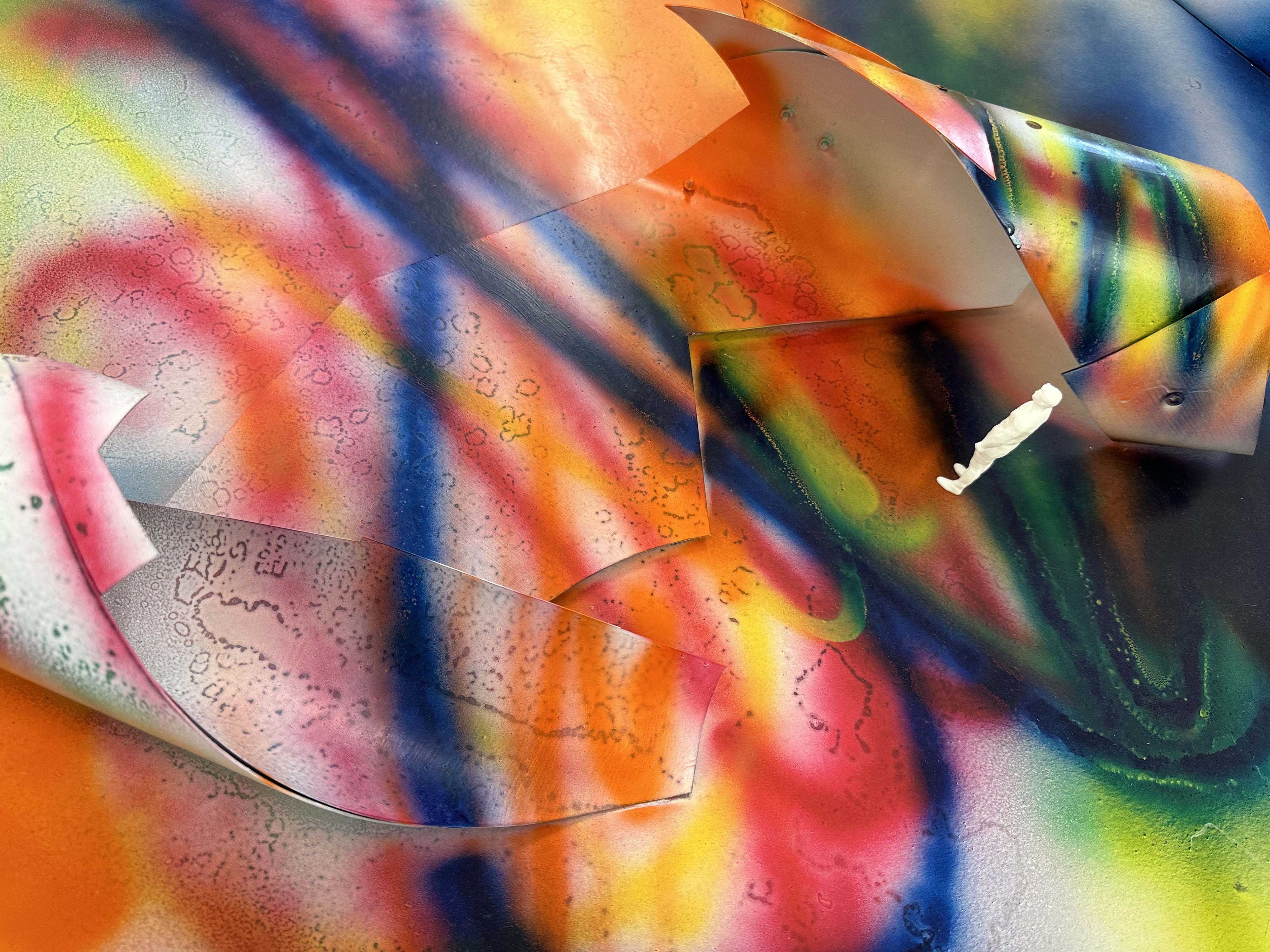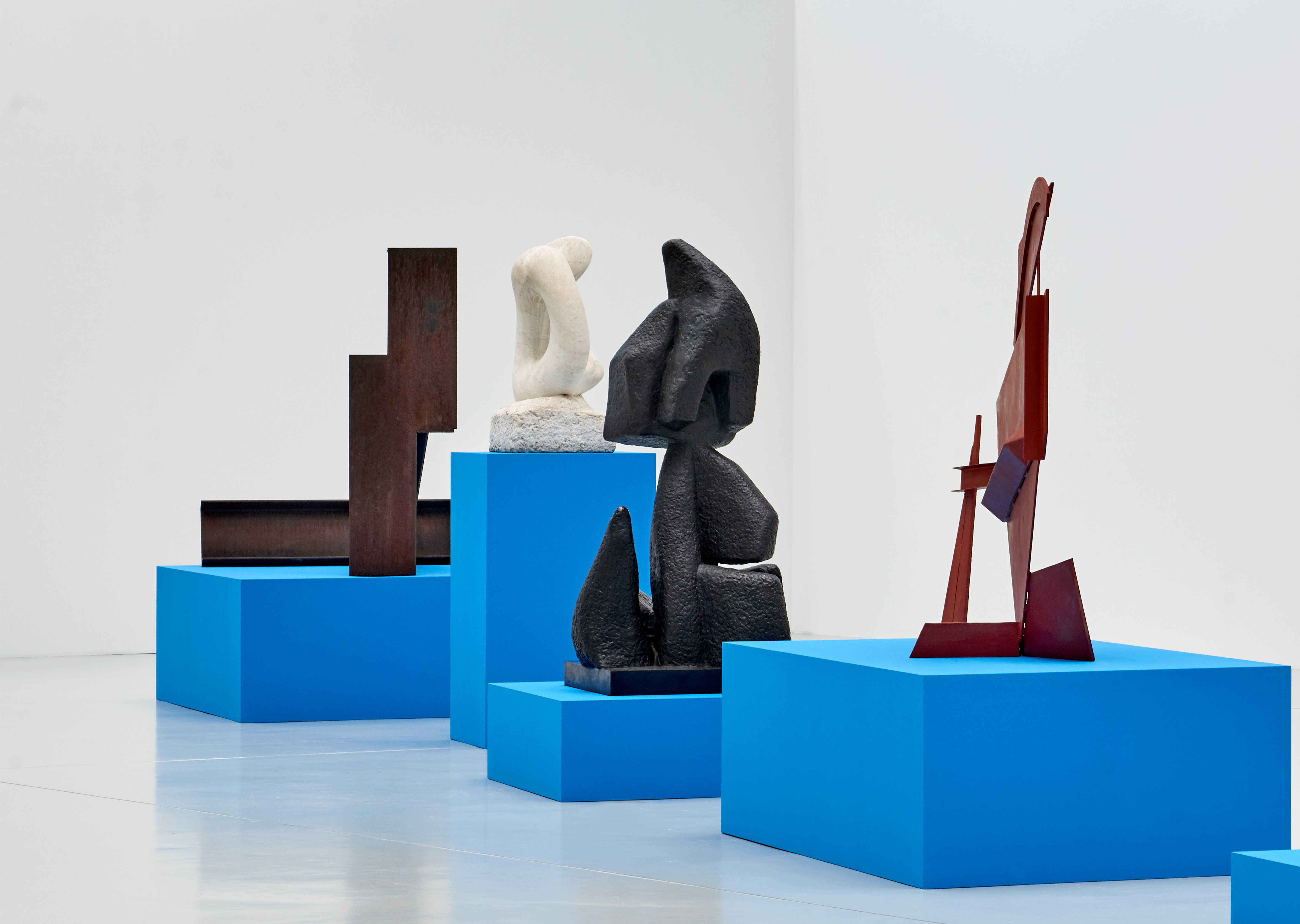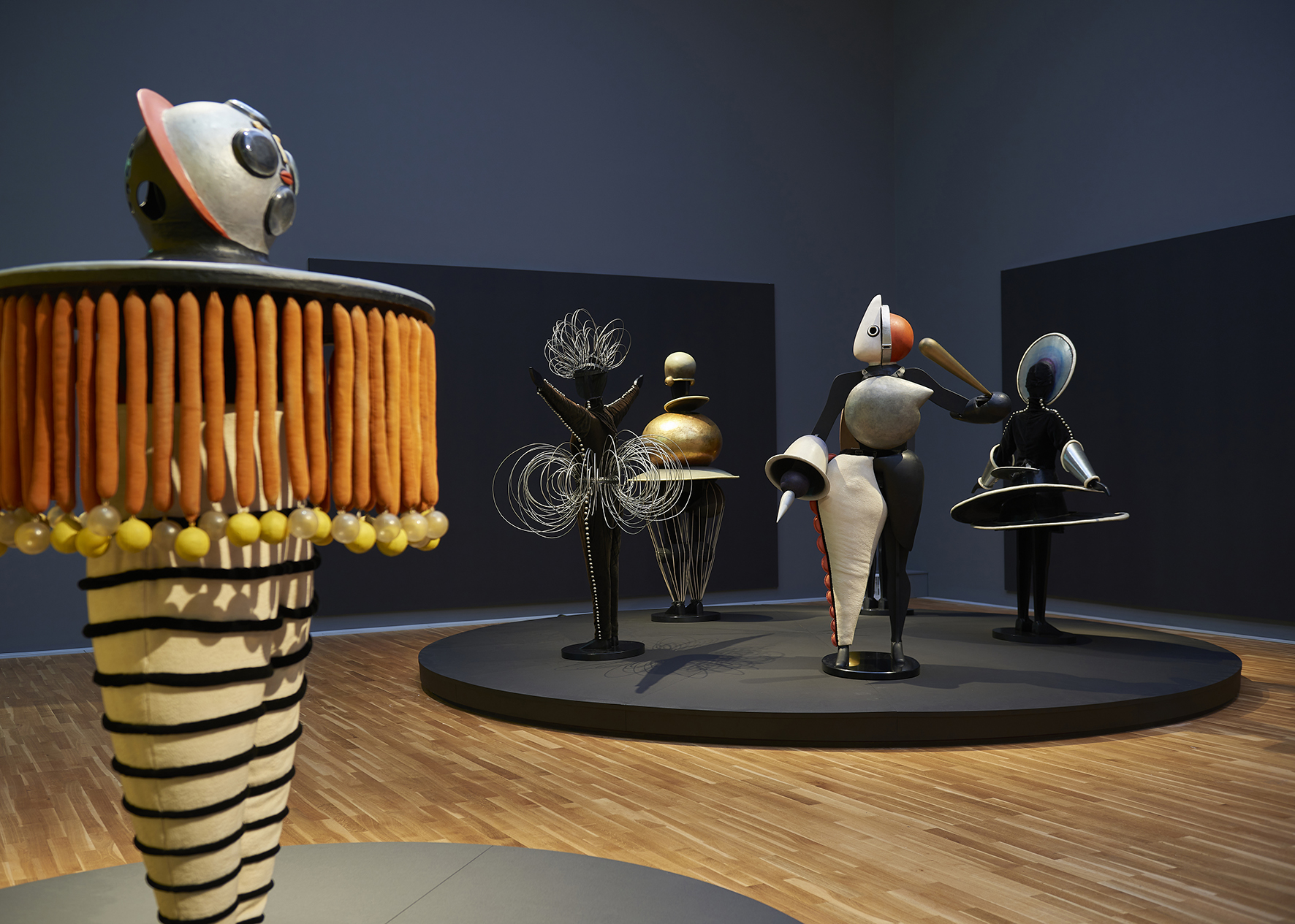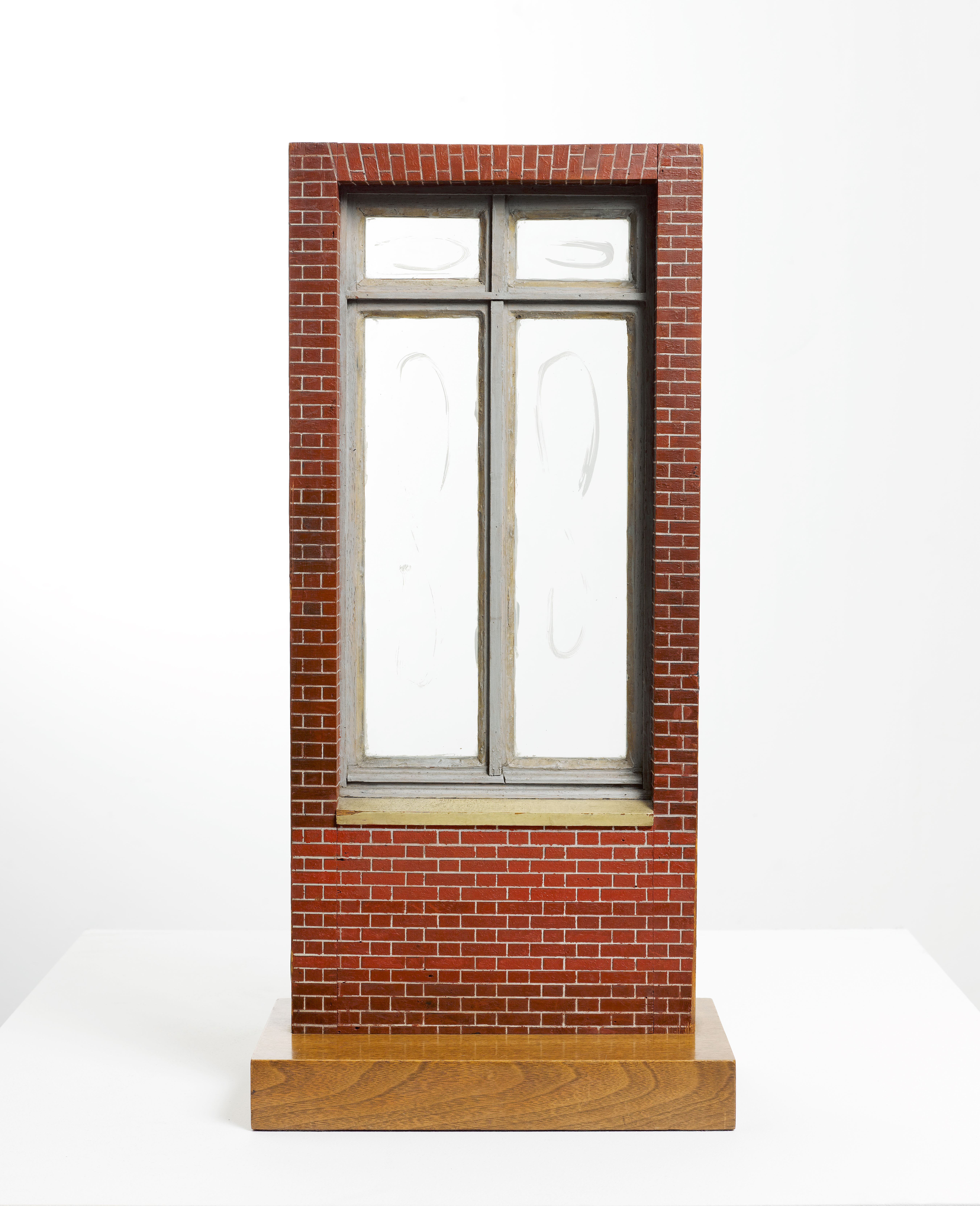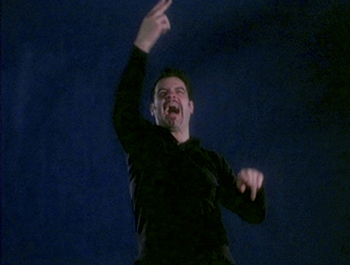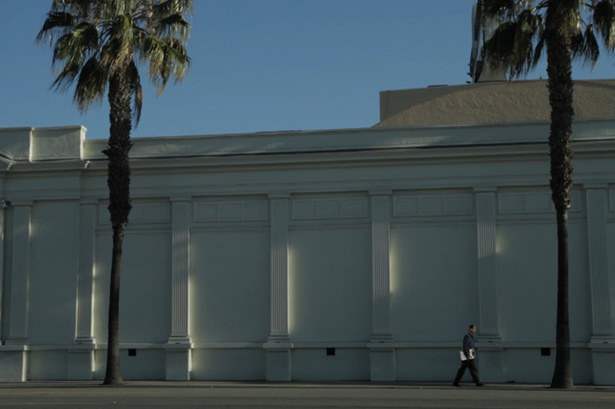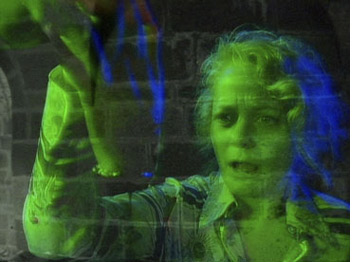Melvin Moti
The Art Of Orientation
Konrad-Adenauer-Strasse 30-32
70173 Stuttgart, Germany
Opening Hours:
10 am–6 pm
Tues + Thurs 10 am–8 pm
Mon closed
T +49 (0)711 470 40-0
F +49 (0) 711 23 699 83
info@staatsgalerie.de
www.staatsgalerie.de
In the current exhibition in this series, Melvin Moti (b. 1977) presents works from the collection of paintings and the collection of prints, drawings and photographs held in the stores of the Staatsgalerie Stuttgart. In his comprehensive selection, he takes as his points of reference the relationships between the works he observed, rather than starting out from (art)historical information and classification systems. Thus, Moti combines masterworks with works from the stores dating from the 16th to the 20th century, which are shown rarely, if at all, and one of his own works.
The installation entitled “The Art of Orientation” is comprised of two complementary rooms, which reflect Melvin Moti’s associations: The expansive presentation in the first room is focused on the phenomenon of gravity. In the second room, the viewer’s gaze wanders primarily between works depicting nocturnal, dark or obscure scenes. Moti is interested in the effective powers of visual attraction and its dynamics, which emanate from the works, transcending eras and genres, and which cast those works as protagonists or extras in other stories—beyond the linear orientation of art history. In a wider sense, Moti refers to the German cultural theorist Aby Warburg (1866–1929): In contrast to Warburg, he is not concerned with the discovery and interpretation of hidden pictorial motifs, which originate in classical archetypes, and which were preserved through the ages. What is central to Moti’s work is not an archival principle of classification such as the one Warburg aimed at in his unfinished work-in-progress, the “Mnemosyne Atlas”. However, they both share an interest in an unconstrained space of visual and intellectual discovery, or, in Warburg’s terminology, a “thinking space” [Denkraum]. Thus, Moti’s films, photographs, objects, and books refer back to imagination again and again, both as a part of the psyche and as a part of society—and as a productive counterbalance to fictionalisation and virtualisation. In the same vein, his video “The Black Room” (2005), which Moti presents as part of the installation, insists on such a space for different images and a different reality: While the camera explores black surfaces, the viewer listens to an interview about experiments in writing under self-hypnosis. Only gradually, the clues provided give rise to the conclusion that the surfaces shown are wall paintings from the “Black Room” in a villa at Boscotrecase near Pompeii which ostensibly belonged to Agrippa Postumus (11 BC–7AD), and a fictional interview with the surrealist Robert Desnos about his experiences with states of trance. At the same time, the video evokes mental images, independently of what is seen and heard. Just like in Moti’s video, the viewer’s imagination is the key to orientation. In his presentation for “Open Stores”, this key gives access to a new way of seeing works from the collection of the Staatsgalerie Stuttgart.
Curator “Open Stores” series: Alice Koegel, Curator of Contemporary Art, Staatsgalerie Stuttgart.
The exhibition is accompanied by an illustrated publication with essays by Melvin Moti and Alice Koegel (60 pages).
With kind support from
L-Bank
and
Freunde der Staatsgalerie Stuttgart – Galerieverein

